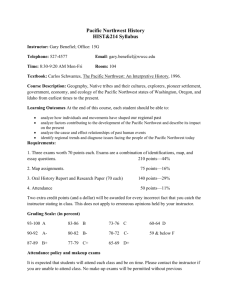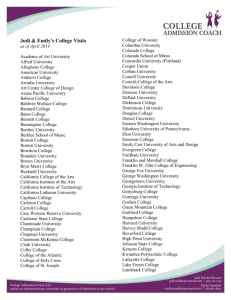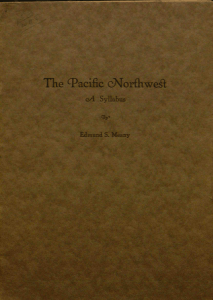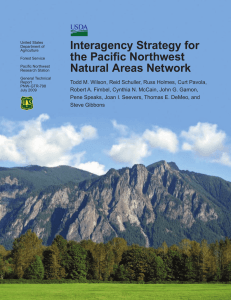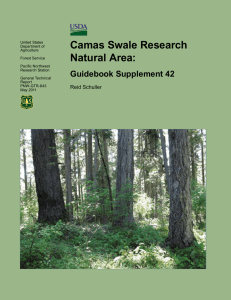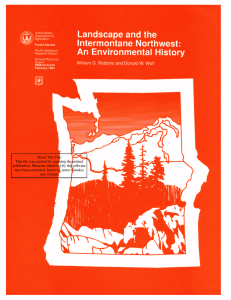Westward Expansion
advertisement
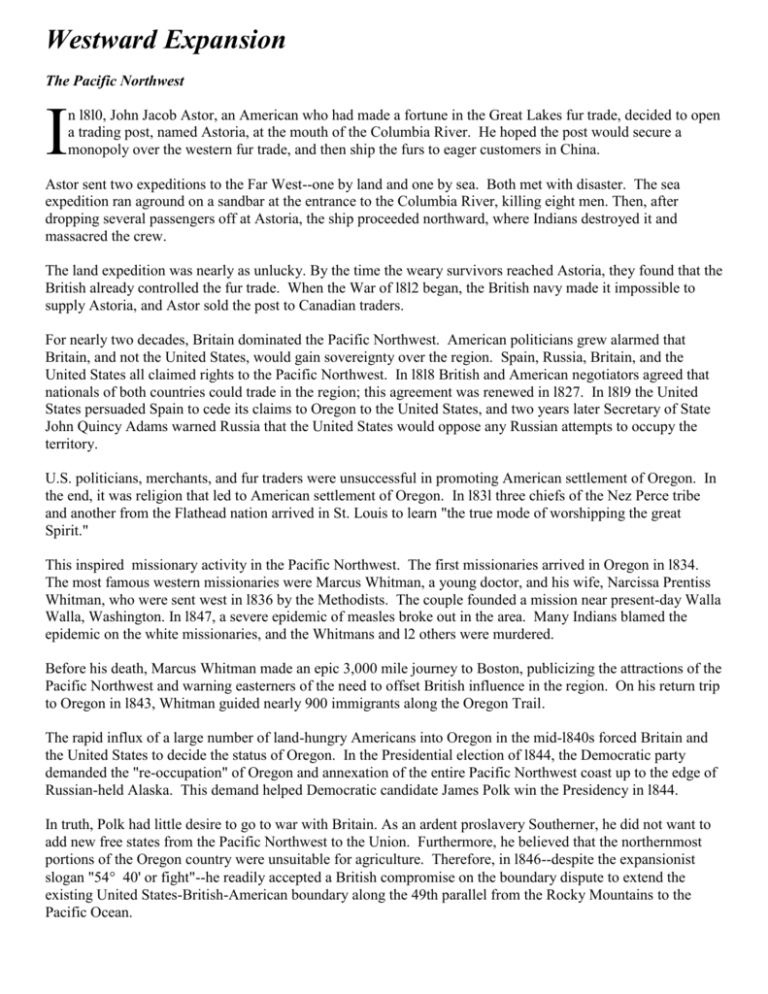
Westward Expansion The Pacific Northwest I n l8l0, John Jacob Astor, an American who had made a fortune in the Great Lakes fur trade, decided to open a trading post, named Astoria, at the mouth of the Columbia River. He hoped the post would secure a monopoly over the western fur trade, and then ship the furs to eager customers in China. Astor sent two expeditions to the Far West--one by land and one by sea. Both met with disaster. The sea expedition ran aground on a sandbar at the entrance to the Columbia River, killing eight men. Then, after dropping several passengers off at Astoria, the ship proceeded northward, where Indians destroyed it and massacred the crew. The land expedition was nearly as unlucky. By the time the weary survivors reached Astoria, they found that the British already controlled the fur trade. When the War of l8l2 began, the British navy made it impossible to supply Astoria, and Astor sold the post to Canadian traders. For nearly two decades, Britain dominated the Pacific Northwest. American politicians grew alarmed that Britain, and not the United States, would gain sovereignty over the region. Spain, Russia, Britain, and the United States all claimed rights to the Pacific Northwest. In l8l8 British and American negotiators agreed that nationals of both countries could trade in the region; this agreement was renewed in l827. In l8l9 the United States persuaded Spain to cede its claims to Oregon to the United States, and two years later Secretary of State John Quincy Adams warned Russia that the United States would oppose any Russian attempts to occupy the territory. U.S. politicians, merchants, and fur traders were unsuccessful in promoting American settlement of Oregon. In the end, it was religion that led to American settlement of Oregon. In l83l three chiefs of the Nez Perce tribe and another from the Flathead nation arrived in St. Louis to learn "the true mode of worshipping the great Spirit." This inspired missionary activity in the Pacific Northwest. The first missionaries arrived in Oregon in l834. The most famous western missionaries were Marcus Whitman, a young doctor, and his wife, Narcissa Prentiss Whitman, who were sent west in l836 by the Methodists. The couple founded a mission near present-day Walla Walla, Washington. In l847, a severe epidemic of measles broke out in the area. Many Indians blamed the epidemic on the white missionaries, and the Whitmans and l2 others were murdered. Before his death, Marcus Whitman made an epic 3,000 mile journey to Boston, publicizing the attractions of the Pacific Northwest and warning easterners of the need to offset British influence in the region. On his return trip to Oregon in l843, Whitman guided nearly 900 immigrants along the Oregon Trail. The rapid influx of a large number of land-hungry Americans into Oregon in the mid-l840s forced Britain and the United States to decide the status of Oregon. In the Presidential election of l844, the Democratic party demanded the "re-occupation" of Oregon and annexation of the entire Pacific Northwest coast up to the edge of Russian-held Alaska. This demand helped Democratic candidate James Polk win the Presidency in l844. In truth, Polk had little desire to go to war with Britain. As an ardent proslavery Southerner, he did not want to add new free states from the Pacific Northwest to the Union. Furthermore, he believed that the northernmost portions of the Oregon country were unsuitable for agriculture. Therefore, in l846--despite the expansionist slogan "54 40' or fight"--he readily accepted a British compromise on the boundary dispute to extend the existing United States-British-American boundary along the 49th parallel from the Rocky Mountains to the Pacific Ocean.
